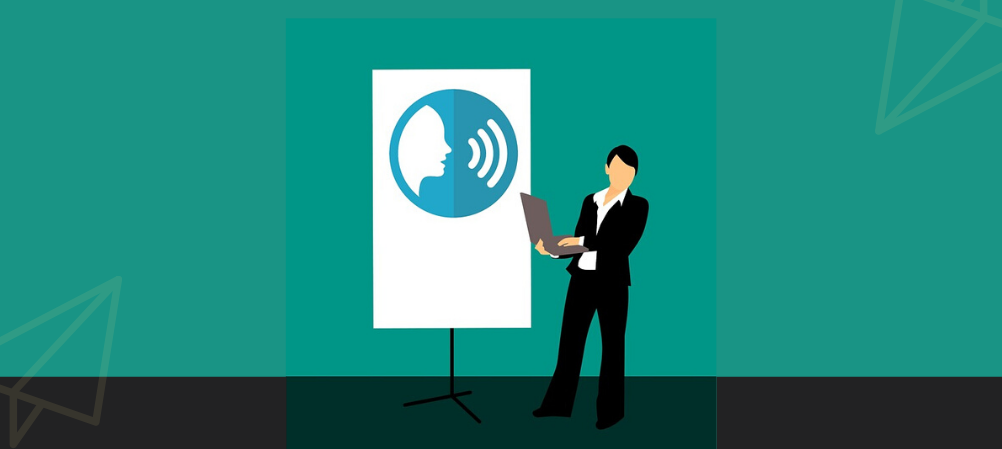“What kills a skunk is the publicity it gives itself.”
Abraham Lincoln, the 16th American president
From that quote, it’s easy to conclude that skunks got it all wrongly and need a good PR campaign to turn things around.
Capturing a client’s attention to a service or a product has always been the number one challenge for all businesses. Leading companies have come a long way and applied unlimited marketing strategies, including newspaper and TV advertisements, arriving on billboards, social media platforms, and others.
However, after tracing the success stories of many big brands, it has never been the classical product description on a daily newspaper, a stereotypical Facebook announcement post for a new service, or a giant billboard featuring the brand’s slogan that got them on top of the competition. It has always been a story about some exceptional event or campaign that did the trick.
Most marketing methods treat targeted clients as passive receivers who cannot react or communicate. And that “monologue” style for marketing should not be the only possible option.
Clients must know, feel, and witness how much they matter to the brand. It’s time to follow the example of flourishing, lucrative brands and bring new ones to light. This article will introduce what PR stunts are, the essential steps to creating a PR stunt, and the best publicity stunts with some real-life scenarios.
Clients must know, feel, and witness how much they matter to the brand. It’s time to follow the example of flourishing, lucrative brands and bring new ones to light. This article will introduce what PR stunts are, the essential steps to creating a PR stunt, and the best publicity stunts with some real-life scenarios.
What is a PR stunt, basically?
A publicity stunt is a fun and catching event planned by marketers or public relations specialists to attract public attention, raise brand awareness and attract new customers, investors, or stakeholders. It’s a public relations trend that’s never disappointing if carried out appropriately.
What distinguishes a PR stunt from any marketing campaign is its uniqueness and out-of-the-box approach. In addition, it involves targeted clients as part of the campaign as much as possible.
A successful stunt achieves its goal when it goes viral and receives comprehensive coverage on social media platforms, TV channels, or relevant magazines.
Most important steps to creating a PR stunt
Clarify the goals
Before thinking about an innovative marketing stunt to get publicity, it’s important to find out what the company wants to accomplish and the desired outcomes. Clarifying the goals is crucial as it’ll help organizers judge whether the stunt was a success and attained its prime goal or not.
A PR stunt goal might be:
- Raise funds for a project
- Generate website traffic
- Promote a product or a service
- Build up brand awareness
Get into the clients’ minds
If a brand really wants to live up to clients’ expectations, it has to know what clients want, what triggers their attention, and what turns their heads. Getting to know the audience is a process and requires a long time of research and analysis. However, if a brand manages to make this right, the publicity stunt is halfway to success.
Think up a unique idea that corresponds to the brand’s message
There might be hundreds of ideas that turn heads to a stunt, but if these ideas have nothing to do with the brand’s promoted message, a stunt will be a waste of time. A publicity stunt must connect to the brand’s personality in all aspects. If not, the audience will enjoy the event and never be able to make the connection between the brand and the marketing stunt it planned, which is the last thing any company will ever want.
Utilize the best two marketing mediums
Whether the campaign will be digital or on the ground, a successful marketing stunt has to be marketed and advertised efficiently to attract attention.
Social media
As of 2022, Americans spend an average of 147 minutes on social media daily, making Facebook, Twitter, Instagram, and others a stage to announce and promote an upcoming campaign to an existing audience that has already developed an interest in the brand. Social media is unavoidable. So, if a marketing campaign goes viral on the internet, receivers will come upon it on all platforms.
Real-life example: ALS ice bucket challenge viral SM exposure
The ALS Ice Bucket challenge became a massive trend in 2014, and everyone started to follow it enthusiastically. The challenge suggests dumping a bucket full of ice on the partaker’s head and challenging two or three friends to do the same.
This international PR campaign has raised awareness about ALS disease (Amyotrophic Lateral Sclerosis). In addition to more than 100 million dollars of donations for medical research. The funds were channeled into expanding research and trials for possible cures.
Influencers and celebrities
Influencers have the power to affect purchasing decisions. Many people have confidence in celebrities and influencers and are willing to trust a brand or purchase a product blindly if a popular name recommends it. So, a marketing stunt must involve at least one influencer to expand the outreach and engagement.
Real-life example: As Above, So Below Cooperation with PewDiePie
In 2014, PewDiePie, a Swedish YouTuber, teamed with the producers of a French horror film “As Above, So Below” and recorded a series of 10-minutes videos about adventures on the film’s set.
Because the YouTuber has over 100 million subscribers who love and trust him, the film’s trailer views were boosted, and it gained more popularity. It was a win-win situation. PewDiePie fans enjoyed the series, and the film had the reach and attention needed.
Traditional media
Social media platforms are the unbeatable means of marketing nowadays; however, that doesn’t completely cancel the role of traditional media. TV channels, printed magazines and newspapers, radio broadcasting, and billboards could be effective methods in some cases. Many companies have found that some of these methods are still adventurous for them to some extent.
So, a stunt planner should have an open mind and consider how diverse and unique the audience is so that no one can predict what will garner their attention.
Real-life example: Renault’s electric car campaign in Romania
Auto brand Renault has raised awareness about pollution by utilizing one of the traditional methods, billboards, yet with some updates. The stunt was in Bucharest, which is considered one of the most polluted cities in the world. The pollution-triggered billboard was a great approach to boost sales for the new electronic car recently released by Renault.
The price of the zero-emission electric car, ZOE, drops down on the digital display, DisCO2unt billboard, whenever pollution goes up. That stunt encouraged more Romanians to consider the environmentally-friendly car as an affordable option.
Do publicity stunts still work?
Stories about inadequate and failed publicity stunts have been circulating the internet lately, which raises the concerns of everyone on whether PR stunts still work or not.
Actually, marketing stunts worked before and will still mark the success of many brands to come. But if a company wants to rise to the occasion and achieve its goals, many factors need to be aligned to attain the best results. A successful marketing stunt has to be:
Bold, out-of-the-box, and original
Planning a successful PR stunt means going above and beyond expectations and coming up with an unpreceded idea. People always remember special and fun events. Consequently, this kind of PR stunt will achieve long-term success.
Engaging
One of the most winning factors that directly contribute to a marketing stunt thriving is engagement. What’s meant by engagement is that clients, who are the only ones to decide whether to take the PR stunt to the next level of publicity or bury it, should be able to participate, just like the case in the Ice Bucket Challenge.
When the audience feels they’re a prominent part of the stunt, that’s when it’ll become a word-of-a-mouth, and that’s when a brand can take pride in planning a top publicity stunt.
Well-timed
Timing is another crucial element to be considered with the utmost circumspection when planning a campaign. A marketing stunt could be targeting, well-planned, and unique, but if it doesn’t occur at the right time, it won’t get the anticipated impact.
Instead, another stunt could not be that special or innovative, but it gathered colossal attention because it seized an opportunity at perfect timing. IKEA #StayHome is an excellent example of that, as you’re about to read.
Thoroughly studied
Because a PR stunt is an event that targets a variety of people from different cultures, perspectives, and beliefs, appealing to most of them is a stressful challenge. A planner has to think about the possibility of things going wrong or the audience not getting the message clearly and establish a plan B to stay ahead of any surprise.
Wise planners gather opinions from different people to have a more comprehensive and realistic outlook and put themselves in any client’s shoes.
This step is essential because facing a backlash in the social media era might be impossible, and the poorly planned campaign might leave a stigma on the brand’s reputation forever.
For example, Brewdog has imitated Willy Wonka’s idea and announced it had hidden a golden can in a beer box. The unfortunate winner who found the can was extremely pissed off about the fact that the can isn’t actually made of gold. It was a little misunderstanding, and the stunt spread massively, but not in the best way.
What are the best publicity stunts?
Red Bull space dive
Red bull has really gone to the extreme and pulled off a historic international PR campaign that the world is still talking about till our days. Red Bull has always claimed that its energy drink “gives you wings,” so that slogan inspired its next prosperous marketing stunt.
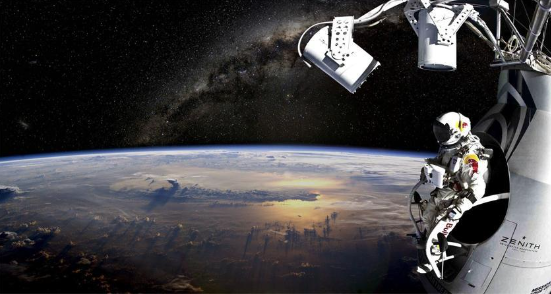
In 2012, Red Bull sent Felix Baumgartner over 24 miles from space to earth in an attempt to bring the slogan to life. The stunt wasn’t live-streamed on TV as the event’s exact timing was unpredictable due to the weather issues. So, YouTube was the only option to spread the stunt.
Red Bull utilized social media to promote the event and triggered the interest of 8 million people to watch the live stream on different platforms. It was an earth-shaking event; it’s the best representation of a successful publicity stunt.
Key takeaways:
As long as the stunt is connected to the brand’s message and identity, a brand can go as big as it can.
IKEA: #StayHome
When COVID-19 has found its way to each and every spot in the world and locked up everyone in their homes for an unknown time, IKEA, by a 30-second video, has made the best use of the situation all humans are experiencing worldwide. That video features many short clips taken from different homes showing the other bright side of the pandemic and how it gave us the chance to feel and enjoy that intimate space life concerns have been taking us away from.
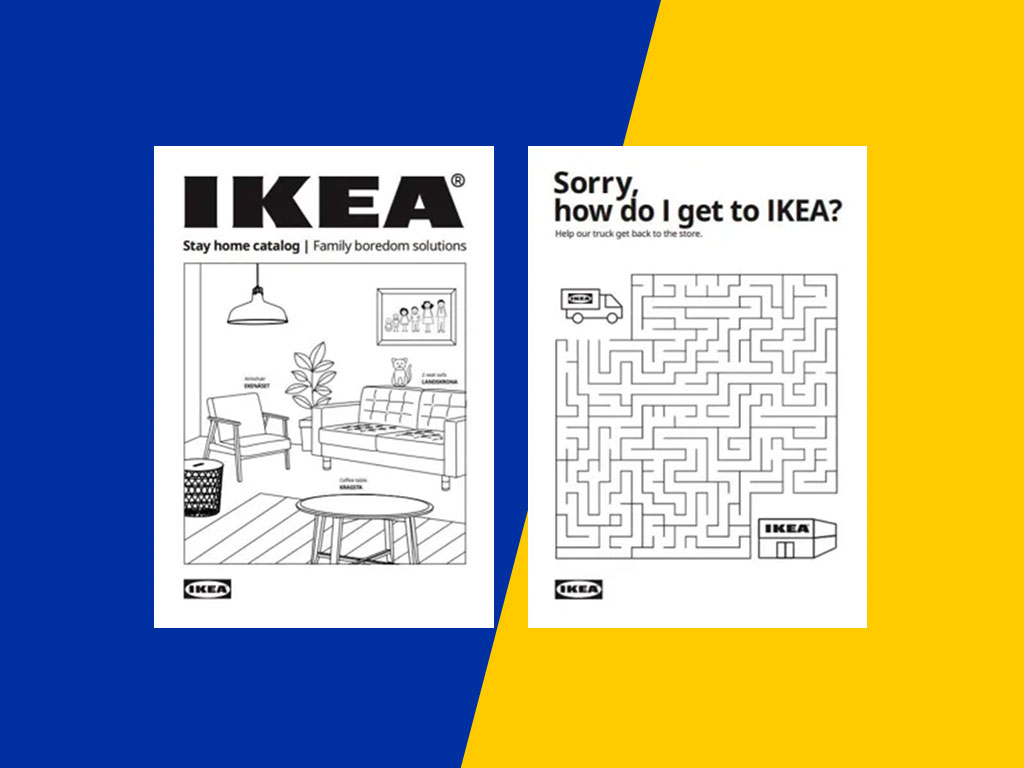
Not only that but a digital catalog has been released along with the video. That catalog includes many fun group and family games everyone can enjoy.
This campaign was booming, and both the video and catalog were received with massive acceptance by the audience because IKEA released it at a time when people were dramatically overwhelmed by the quarantine and the new lifestyle. It simply demonstrated how IKEA stands next to its customers in all circumstances.
Key takeaways:
A simple and life-inspired stunt idea could be a great move if done correctly. Any brand needs to consider the current situation and empathize with the target audience.
Diet coke unlabelled cans
As an attempt to encourage diversity and stand out against false societal labels, Coca-Cola has launched a limited edition of [unlabelled] diet coke cans. This marketing stunt had a clear and fixed goal: to help people open up, express, and accept themselves the way they are.
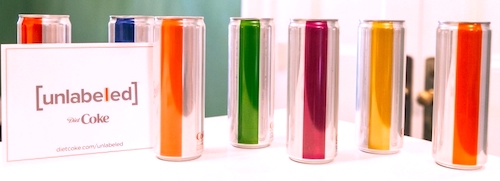
To maximize the campaign’s success, Coca-Cola has devoted a prominent real estate in New York to a group of “unlabelled” people. In addition, it created unlabelled free spaces and introduced the new cans to many cultural events in the US.
Key takeaways:
No matter how simple the gesture might be, a company has to connect with clients in all possible ways. This kind of action won’t only attract new clients; it’ll also improve the rapport with old ones and make them entirely loyal.
KFC “It’s Good” Campaign
Ever since KFC acquired its franchise in 1950, the slogan was “it’s finger-licking good” However, in 2020, after the Corona pandemic emerged, the Advertising Standards Authority received a significant number of complaints about the slogan and how it conflicts with Corona safety precautions.
KFC has responded to clients’ objections and blurred the “finger-licking” part. The new slogan become to “it’s ******* good.” That change was applied to all KFC branches worldwide in the US, UK, Middle East, North and South Africa, etc.
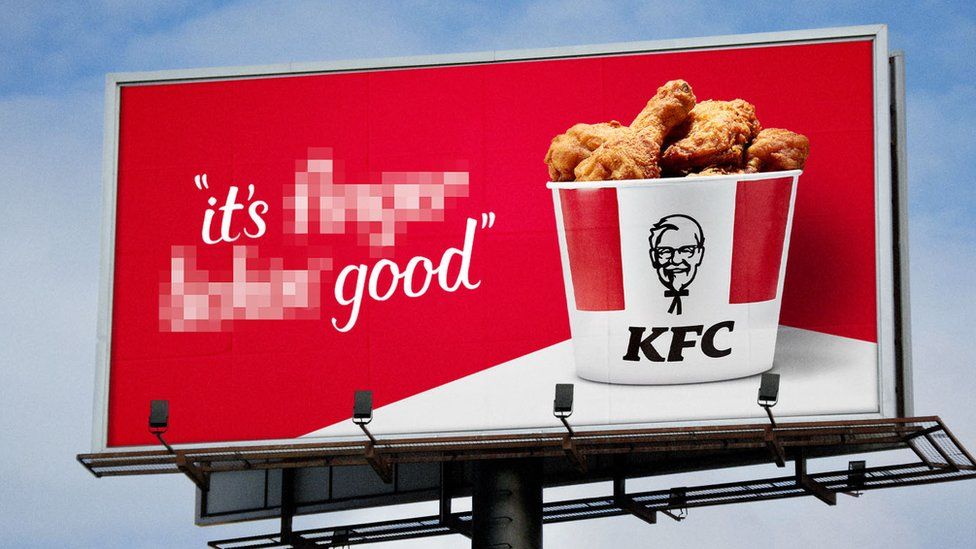
Though it was a fun and simple international PR stunt, KFC has indirectly contributed to the awareness-raise of hygiene importance during the pandemic and simultaneously made a splash.
Key takeaways:
When a company considers its clients’ suggestions and complaints, its attentive and considerate presence will stand out among competitors.
FAQs about publicity stunts
How could a marketing stunt grant a company success?
The main point of planning a marketing campaign is to capture the target audience’s attention using the most innovative and catchy ideas. People remember these things, which will leave a positive impression about the brand and motivate them to make a purchase, provide a fund, or contribute to word-of-mouth marketing.
Should the campaign’s budget be large?
If we want to define the publicity stunt in two words, it’ll be a “unique event”; it shouldn’t be expensive or extravagant. Uniqueness is something that everyone can afford. But to tell the truth, a generous budget might help generate more ideas for a stunt. However, a tight one will never be a hindrance to planning a memorable publicity stunt in the presence of brilliant minds and innovative planners.
Can a publicity stunt get noticed without involving an influencer?
The influencer’s rule in a PR stunt is a facilitator. They will save the campaign planner a lot of time and effort in advertising the event because if an influencer is well-connected and knows how to do their job right, their role can be enough to market the stunt. As a result, it won’t need to involve any marketing mediums.
However, a publicity stunt can succeed if it utilizes other mediums efficiently. Yet, in a more challenging way.
Who is the stunt planner?
A stunt organizer works in the public relations field and is up-to-date with the brand’s current state. A PR practitioner is a leader, so they should be innovative, smart, calm, and able to keep abreast with the field’s trends.
How to decide whether the marketing stunt was a success or not?
The best-case scenario differs from one stunt to another because the desirable goal is not the same for all campaigns. For example, if the stunt goal was to promote a product, it’s achieved if the sales increase.
Conclusion
Publicity in general and PR stunts in specific play a vital role in a brand’s success. In one way or another, it’s the magic wand that can bring a brand to the sky or destroy its reputation for years to come.
Now back to what Abraham Lincoln said, it sounds more reasonable how powerful publicity can be and how PR stunts can affect publicity for businesses in different fields. Unluckily for skunks, their PR manager messed things up for them in the past, and they still have to suffer from that.
Image Sources: Digital Synopsis, Wersm, The Stable, BCC
Carl Torrence is a Content Marketer at Marketing Digest. His core expertise lies in developing data-driven content for brands, SaaS businesses, and agencies. In his free time, he enjoys binge-watching time-travel movies and listening to Linkin Park and Coldplay albums in the loop.

